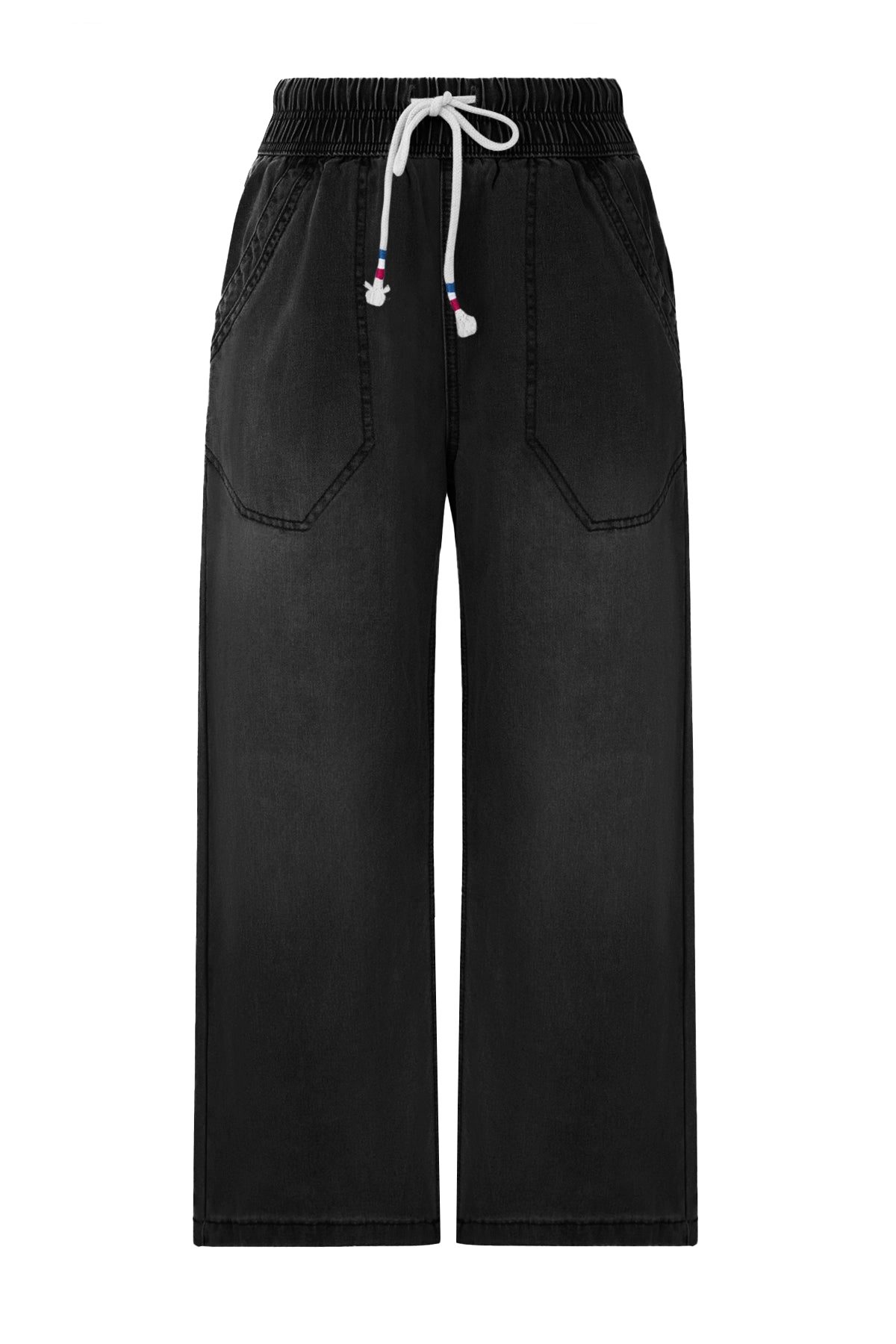Whether it’s a soft cashmere pullover or a thick knitted sweater, how you fold and store it directly affects its shape, softness, and lifespan. Simply stuffing a sweater into a drawer might seem quick, but it can easily lead to stretched necklines, shoulder bumps, and stubborn wrinkles. Learning the right folding methods keeps every sweater neat, smooth, and space-efficient.
Why You Should Fold Sweaters Instead of Hanging Them
Sweaters—especially those made from natural fibers like wool, cashmere, or alpaca—have a soft, airy structure. Their fibers rely on tiny air pockets for loft and insulation, but that also means they’re heavy and lack internal support. Over time, gravity will pull on the fabric if hung, causing distortion.
When sweaters are hung for long periods:
-
Shoulders stretch and bulge: Fibers are continuously pulled, creating unwanted “hanger bumps.”
-
Body lengthens: Long sweaters often sag and lose their original shape.
-
Fibers loosen permanently: Especially in fine knits or cashmere, distortion can be irreversible.
Folding helps sweaters maintain their original form without stretching or creasing.
If you really prefer hanging them, use padded hangers and fold the sweater over the hanger’s horizontal bar instead of hanging it from the shoulders.
Before You Start Folding Sweaters
A few small steps can make a big difference:
-
Keep it clean: Always wash and dry your sweater completely before folding. Sweat, body oils, and perfume residues can oxidize and attract moths.
-
Lay it flat: Use a clean, smooth surface such as a bed, table, or ironing board. Avoid carpets or textured fabric that may snag fibers.
-
Smooth it out: Gently pat and align the sleeves and neckline; if slightly wrinkled, lightly steam it first.
-
Button or zip it up: This keeps the shape symmetrical and prevents twisting during storage.
Classic Flat-Fold Sweater Method
-
Lay the sweater face down and smooth out wrinkles.
-
Fold the sleeves diagonally inward along the shoulder line so they cross in an “X” shape behind the body—this prevents bulky folds.
-
Fold the hem up toward the neckline. Thick sweaters can be folded once; thinner ones may need two or three folds.
-
Store flat without stacking too tightly to avoid flattening the knit texture.
This method balances structure and simplicity—it’s the most universally safe option, ideal for daily storage without frequent rearranging.
Upright File-Fold Sweater Method
If you want to save space and see everything at a glance, try this “file-style” approach:
-
Lay the sweater flat and fold both sides toward the center, letting the sleeves overlap naturally.
-
Fold the hem toward the neckline to form a rectangle.
-
Fold it into thirds or quarters until you have a compact, self-standing rectangle.
-
Stand the sweater upright in a drawer—you’ll see every color and style instantly.
Best for: lightweight knits and drawer storage. This is perfect for women who love organized wardrobes and color-coordinated drawers—it maximizes space and keeps everything visible.
Rolling Sweater Method
-
Button or zip the front to keep the shape even.
-
Lay the sweater flat and fold the sleeves inward naturally.
-
Fold both sides toward the center, then fold in half.
-
For sweaters with delicate buttons or embellishments, place a thin sheet of tissue paper inside to prevent pressure marks or scratches.
The rolling method is ideal for packing or seasonal storage—it minimizes wrinkles and saves space without distorting the knit structure.
How to Fold a Cardigan
-
Button or zip the front for symmetry.
-
Lay it flat on a clean surface, folding the sleeves inward.
-
Fold both sides toward the middle, then fold once more from the bottom up. If the women cardigan has delicate buttons or decorations, insert a thin sheet of paper to protect the surface.
Sweater Storage Tips
-
Choose breathable containers: Cotton or fabric bins are better than sealed plastic boxes—they prevent moisture and odor buildup.
-
Don’t over-stack: Keep piles under 4–5 pieces to avoid permanent creases.
-
Use moth repellents: Cedar blocks, lavender sachets, or natural mothballs work best to deter insects and mildew.
-
Keep a dry, cool environment: Avoid direct sunlight; ideal humidity is below 50%.
-
Always clean before seasonal storage: Wash and dry completely before packing away.
For long-term storage, wrap sweaters in a clean cotton sheet instead of plastic to allow airflow and prevent mildew.
Common Mistakes and How to Fix Them
Common storage issues usually come from small oversights:
❌ Folding sweaters before they’re completely dry → leads to mildew.
❌ Overstuffed drawers → deep creases and flattened texture.
❌ Hanging loose-knit sweaters → stretched shoulders.
❌ Storing unwashed garments → attracts moths.
Even with proper folding, sweaters can still lose a bit of volume over time.
To revive them:
-
Use a handheld steamer or fabric shaver to restore softness and remove pilling.
-
After steaming, gently reshape the sweater while warm.
-
Avoid direct ironing—cover it with a thin cloth and use low-temperature steam.
Proper care can truly “revive” a sweater, bringing back its smooth texture and elegant drape.
Final Advice
Folding sweaters isn’t just about organization—it’s about letting your clothes rest. The right folding methods prevent stretching, maintain shape, keep your closet tidy, and help your favorite knits last for years.





